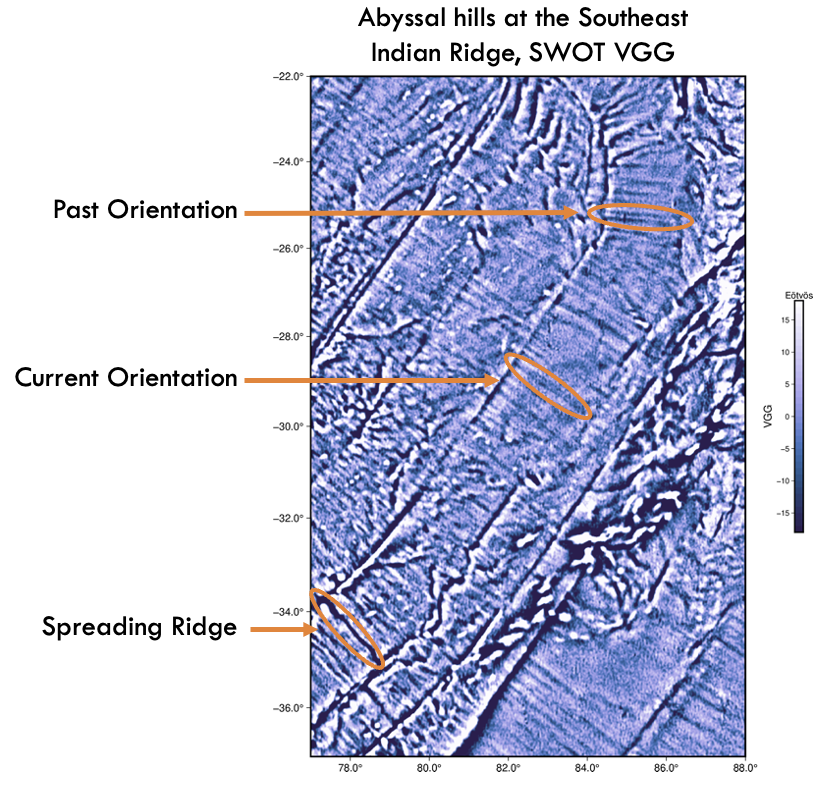We are excited to invite you to the 7th seminar of the 2025 Geology and Geophysics Seminar Series, featuring Josephine Joergensen, a visiting PhD student in the EarthByte group at University of Sydney, visiting from Scripps Institution of Oceanography at the University of California San Diego. Josephine will be presenting on “Analysing small-scale seafloor topography“, discussing the significance of small-scale seafloor features in understanding oceanic tectonics and deep-sea processes.
Date: April 9, 2025
Time: 11:00 a.m. – 12:00 p.m. AEDT
Location: Room 449 (Conference Room), Madsen Building (F09), School of Geosciences
or Online (Join via zoom)
We look forward to seeing you there in person or joining us online!
https://uni-sydney.zoom.us/j/84796471781?from=addon
Analysing small-scale seafloor topography
Abstract
Small-scale seafloor topography features such as abyssal hills can have a great impact on deep ocean mixing and inform about the spreading history of mid-ocean ridges. Abyssal hills are formed perpendicularly to the direction of plate motion at mid-ocean ridges, through the combination of normal faulting and volcanism and are the most abundant geomorphic structure on Earth. Since abyssal hills represent a catalog of spreading history, any anomalies in their characteristics can indicate the occurrence of some sort of tectonic event in the past. Additionally, in areas lacking magnetic isochrons, they could be helpful for refining existing age grids and reconstructions. However, due to their small size, the best method to map them with is shipboard high resolution multibeam soundings, with which only 25% of the oceans have been mapped. The newly launched SWOT (Surface Water Ocean Topography) satellite has been shown to capture abyssal hills in higher detail than any other satellite in the past, providing an important dataset of global abyssal hill characteristics. Overall, abyssal hills have the potential to help improve age grids, studies of ocean circulation, and our understanding of tectonic history in the oceans.
Graphical Abstract

![]()
